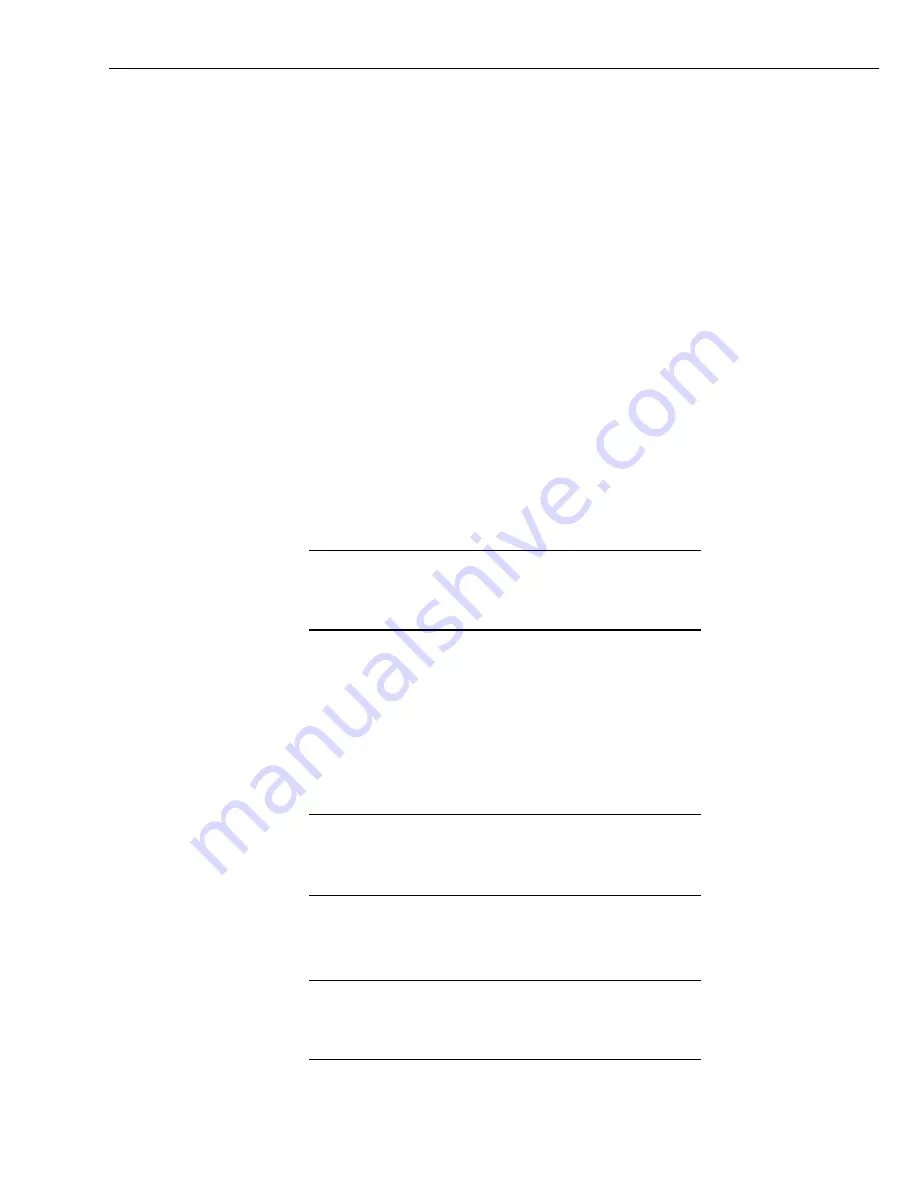
ENC 8/10, ENC 10/12, ENC 12/14, ENC 14/16, ENC 16/18 and AM-ENC/ENCT Enclosures
4
the closest bags a minimum of 40 cm clearance from the heat shield.
Excessive surface film temperature due to infrared radiation will cause the
Tyvek material to melt and/or the seals to fail.
Seal failure may also occur if the temperature is allowed to increase rapidly.
This is due to the fact that the water vapour is not given sufficient time to
diffuse through the Tyvek material, thus creating internal pressure within the
bag, resulting in a seal rupture. Temperature should not increase faster than
0.1º to 0.3ºC per minute.
3.
Set the temperature of the oven to 118ºC, and allow the bags of desiccant to
reach equilibrium temperature.
WARNING:
Tyvek has a melt temperature of
121 - 127ºC. (NON MIL-D-3464E activation or reactivation of both silica gel
and Bentonite clay can be achieved at temperatures of 104ºC).
4.
Desiccant bags should be allowed to remain in the oven at the assigned
temperature for 24 hours. At the end of the timer period, the bags should be
immediately removed and placed in a desiccator jar or dry (0% relative
humidity) air tight container for cooling. If this procedure is not followed
precisely, any water vapour driven off during reactivation may be re-adsorbed
during cooling and /or handling.
5.
After the bags of desiccant have been allowed to cool in an airtight desiccator,
they may be removed and placed in either an appropriate type polyliner tightly
sealed to prevent moisture adsorption, or a container that prevents moisture
from coming into contact with the regenerated desiccant.
Some care should be taken when re-activating desiccant
bags. If heated in an oven which is too hot, the bags may
burst. If in any doubt, we recommend purchasing new
desiccant packs instead of oven drying.
The enclosure is supplied with a humidity indicator card, which provides a general
indication of humidity inside the enclosure and also indicates when the desiccant
bags need to be replaced. Remove the backing tape from the self-adhesive strip,
and attach the card in a suitable position on the inside wall of the enclosure.
The frequency of desiccant bag exchange varies with the application. Using the
enclosures in high humidities or where there are large daily temperature changes
will mean that the bags have to be exchanged more frequently, e.g. as frequently as
every 3-4 weeks. The desiccant in systems subject to small daily temperature
changes and moderate humidities should last for several months.
When enclosures are used on sites which have extended
maintenance periods (e.g. yearly) we strongly recommend that extra
desiccant packs are purchased and placed in the enclosure to ensure
that it remains moisture free during this period.
Fitting the blanking plug in place of the porous vent plug in the small cable gland
will greatly extend the life of the desiccant, but this is only possible in certain
applications (see above).
Failure to use or exchange the desiccant may lead to
condensation inside the enclosure. Not only will this lead to
corrupted data but, in the long term, can also cause corrosion
which is expensive to repair.
CAUTION
NOTE
CAUTION














































